Home>Ideas and Tips>Treehouse Building Codes: What You Need To Know
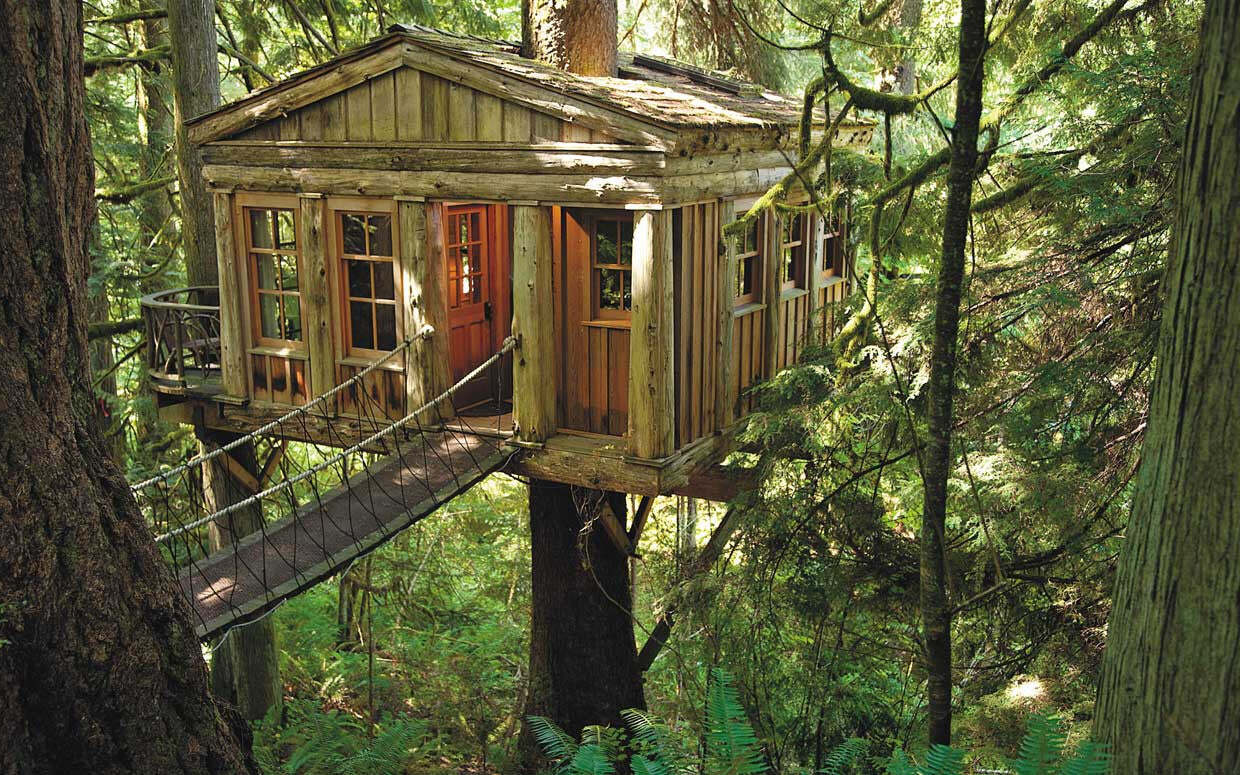

Ideas and Tips
Treehouse Building Codes: What You Need To Know
Published: October 27, 2024
Learn essential treehouse building codes, permits, and safety tips to ensure your project is legal, safe, and enjoyable.
(Many of the links in this article redirect to a specific reviewed product. Your purchase of these products through affiliate links helps to generate commission for Storables.com, at no extra cost. Learn more)
Building a treehouse can be a fun and rewarding project, but it's crucial to understand the various building codes and regulations that apply to such structures. Whether you're planning a simple playhouse for your kids or an elaborate retreat for adults, knowing what you can and cannot do is essential to avoid legal issues and ensure safety. In this article, we'll delve into the key aspects of treehouse building codes, including legalities, permits, and practical considerations.
Legalities
Before you start building your treehouse, it's vital to understand the legal framework surrounding such structures. Here are some key points:
Do I Need to Worry About Building Regulations?
Yes, you should be aware of how you might be affected by building regulations. Every property has legal restrictions on what else can be built there other than the main dwelling. These restrictions vary from area to area and are particularly influential in built-up areas within large towns/cities or suburbs. In rural areas, you might be able to build on your own land without interference, but it's always best to check with the local building authority to determine what you can and cannot build.
What Are the Main Restrictions That Affect Treehouses?
-
Protected Trees: If the tree you're planning to build on is on a protected list, you cannot build in it at all. This restriction is sometimes called a Tree Preservation Order. Always check if the tree is listed under any local or national protection schemes.
-
Height Restrictions: Treehouses are generally classed as 'temporary structures,' like a garden shed. In this case, there will be a maximum height restriction of around 4 meters (13 feet) from ground level to the peak of the roof. This height can easily be exceeded when building a treehouse, so it's crucial to measure carefully and plan accordingly.
-
Distance from Property Lines: No part of the treehouse should be built within a set distance of the boundary line, usually around 3 meters (10 feet). This is to ensure that your structure does not encroach on neighboring properties and avoid potential disputes.
-
Permanent Electrical or Water Connections: If your treehouse includes permanent electrical or water connections, it could be considered habitable. This might change the classification of your treehouse, making it subject to more stringent building regulations. Running an extension cable or using a temporary water connection can help you avoid these issues.
How Do I Find Out What Restrictions Are in Place in My Area?
To determine what restrictions are in place in your area, you should contact the local department responsible for planning and building regulations. This department is usually part of your local council. It can be wise to make an anonymous enquiry first to prepare yourself for any paperwork you need to fill in. Additionally, talking to your neighbors about your plans can help prevent potential conflicts and show that you respect their opinions and property rights.
Building Permits
Building permits are a crucial aspect of treehouse construction. While some townships may not require permits for small residential treehouses, others may have strict regulations. Here are some reasons to consider getting a building permit:
Reasons for Getting a Building Permit
-
Avoid Stop Work or Tear Down Orders: By obtaining a building permit, you minimize the risk of your treehouse being ordered to be stopped or torn down by the township in the future.
-
Compliance with Building Practices: The township will require that your treehouse construction methods comply with generally accepted building practices. This ensures that your structure is safe and meets local standards.
-
Neighbor Relations: If you have bad relationships with neighbors who will see the construction or know that you're building a treehouse, getting a permit can protect you from potential complaints.
-
Legal Compliance: It's always better to be on the right side of the law, regardless of the situation.
However, there are also reasons to skip getting a building permit:
Reasons to Skip the Permit
-
Cost: Townships charge a fee to issue building permits, which can be a significant expense.
-
Complexity: Obtaining a permit may require producing engineer-stamped plans and dealing with local authorities, which can be time-consuming and complicated.
-
Neighborhood Considerations: If you're building in a way that won't be visible to neighbors or won't affect their property, you might choose not to get a permit.
Ultimately, it's essential to weigh these factors and decide based on your specific situation. If you're unsure about what permits you might need or how to comply with building codes, it's always best to consult with local planning authorities or a contractor familiar with building houses.
Design and Materials
Treehouse designs are limited by your imagination and the size, shape, and species of the tree. Here are some practical considerations:
Choosing the Right Tree
When choosing a tree for your treehouse, consider more than just its size. If a tree is on a protected list, you may not be able to build on it. Trees can be listed as threatened or endangered on a national, state, or county level. Use the search tool on the USDA Plant website to check or talk to a local horticulture extension agent.
Potential Damage to the Tree
The added weight of a treehouse or any vehicles used during construction can compress or damage the roots of a tree. Trees with compromised root systems are more likely to topple during hurricanes and other high winds. Drilling holes into trees to install fasteners, cutting notches into trunks, or removing branches to make room for a treehouse can also inflict damage. A certified arborist can help you determine the level of stress most trees can handle.
Modern Living Amenities
While traditionally we might think of a simple tree fort, modern treehouses can include plumbing, electricity, cable, heating, and air conditioning. Want a fireplace? Add it to the list if your budget allows. However, including these amenities requires careful planning and permits since power and water make your treehouse more like a regular house.
Practical Considerations
Here are some practical considerations to keep in mind when building your treehouse:
Talking to Your Neighbors
Unless you live in a remote location or own a large piece of property, talking to your neighbors before building a treehouse is a good first step. Discussing your ideas with them will help keep the lines of communication open and prevent fights down the road. It's also wise to use common courtesy and ask what they think first. Sometimes you can come to an agreement ahead of time by planting some evergreens in between your proposed treehouse and their pool or kitchen window to protect their privacy.
Homeowners Associations
Once you have the green light from your building department, check in with your homeowners association (HOA). Be prepared to submit detailed drawings of your treehouse and be willing to work closely with HOA members to adhere to the rules in your neighborhood. Some underwriters require specific safety precautions and guidelines before approving coverage for an adjacent treehouse. For example, the company may stipulate that children not have access to treehouse ladders or stairs in the absence of adult supervision.
Safety Considerations
Safety should always be your top priority when building a treehouse. Here are some key safety considerations:
Structural Integrity
Ensure that your treehouse is structurally sound and designed to withstand various weather conditions. Consult with professional treehouse builders or architects if you're unsure about the design or materials used.
Electrical Safety
If you plan to include electricity in your treehouse, ensure that it's installed safely and meets local electrical codes. Avoid using extension cords as a permanent solution; instead, consider running permanent wiring if possible.
Plumbing Safety
For plumbing, piping should be run into your structure from a nearby water source such as a municipal water supply or well. Ensure that pipes are concealed cleverly through the design of your treehouse platform and walls to maintain aesthetics and safety.
Environmental Considerations
Treehouses can be built using alternative materials to reduce environmental impact. Some people choose solar panels for heat and hot water, and use a waterless composting toilet instead of plumbing. Instead of using pressure-treated wood that contains toxic chemicals, some choose reclaimed or salvaged wood and materials for construction.
Conclusion
Building a treehouse can be a rewarding experience, but it requires careful planning and adherence to local building codes and regulations. By understanding the legalities surrounding treehouse construction, obtaining necessary permits, choosing the right tree, and considering practical and safety aspects, you can ensure that your treehouse is both enjoyable and compliant with local laws. Always remember to inform everyone concerned about your building project and its effects, as this can help prevent potential conflicts and ensure a smooth construction process.
In summary, while building codes may seem complex, they are designed to protect both you and your neighbors. By taking the time to understand these regulations and following them diligently, you'll be able to enjoy your treehouse without any legal or safety issues.
Was this page helpful?
At Storables.com, we guarantee accurate and reliable information. Our content, validated by Expert Board Contributors, is crafted following stringent Editorial Policies. We're committed to providing you with well-researched, expert-backed insights for all your informational needs.


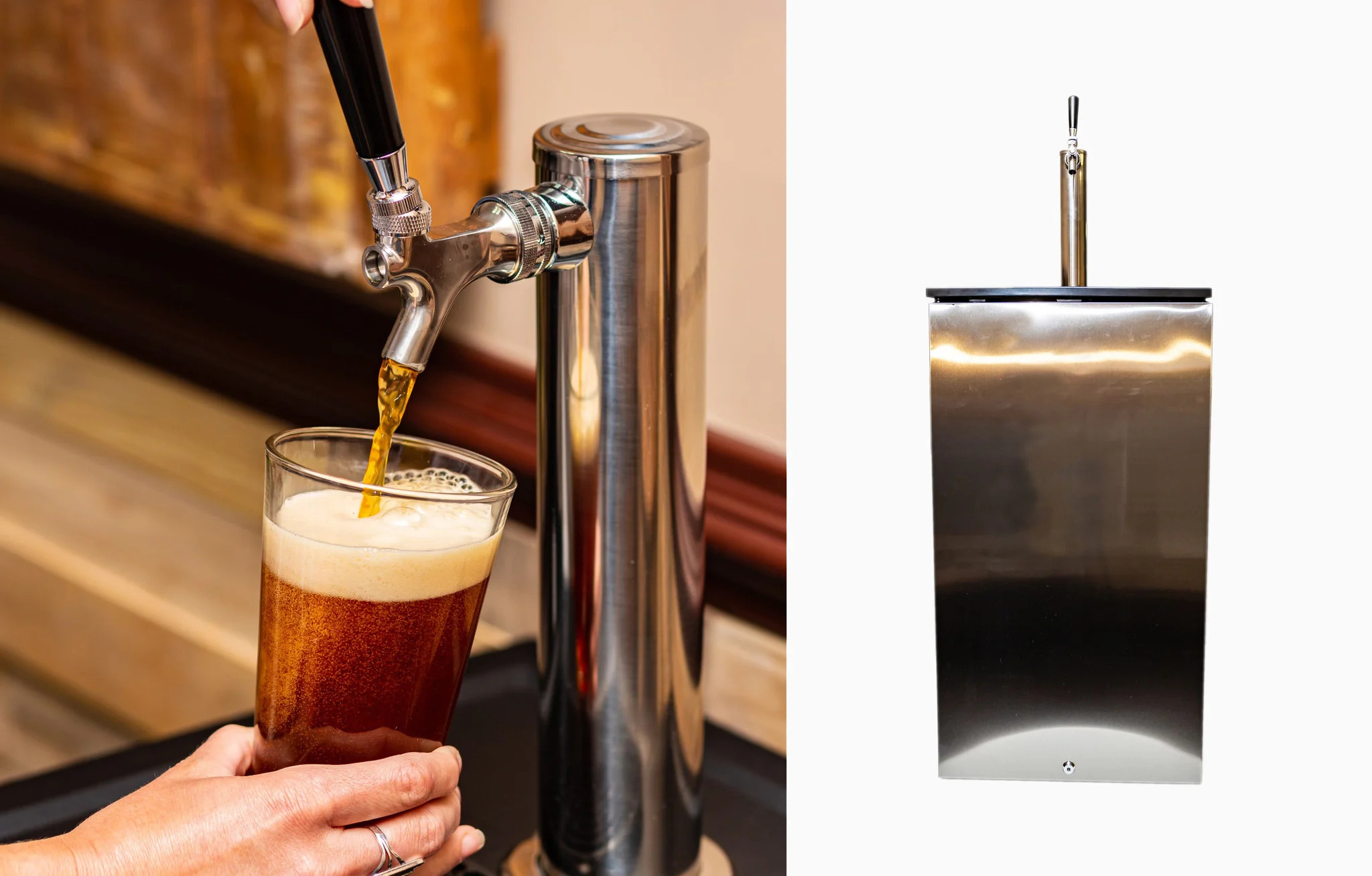


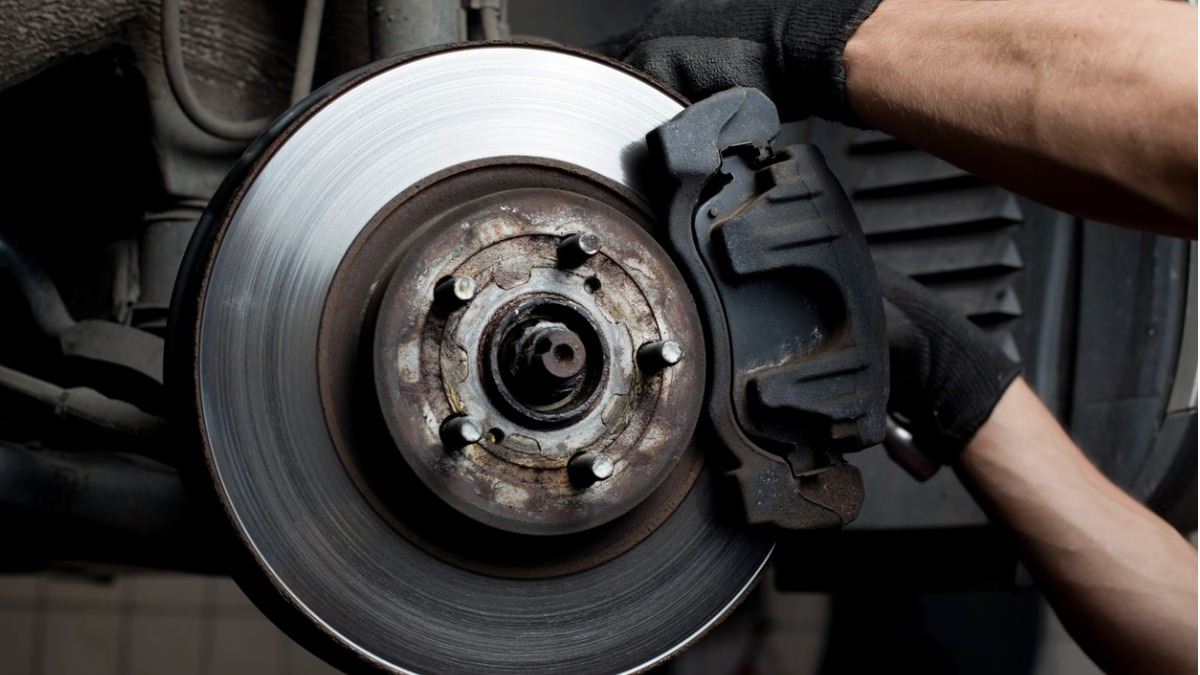
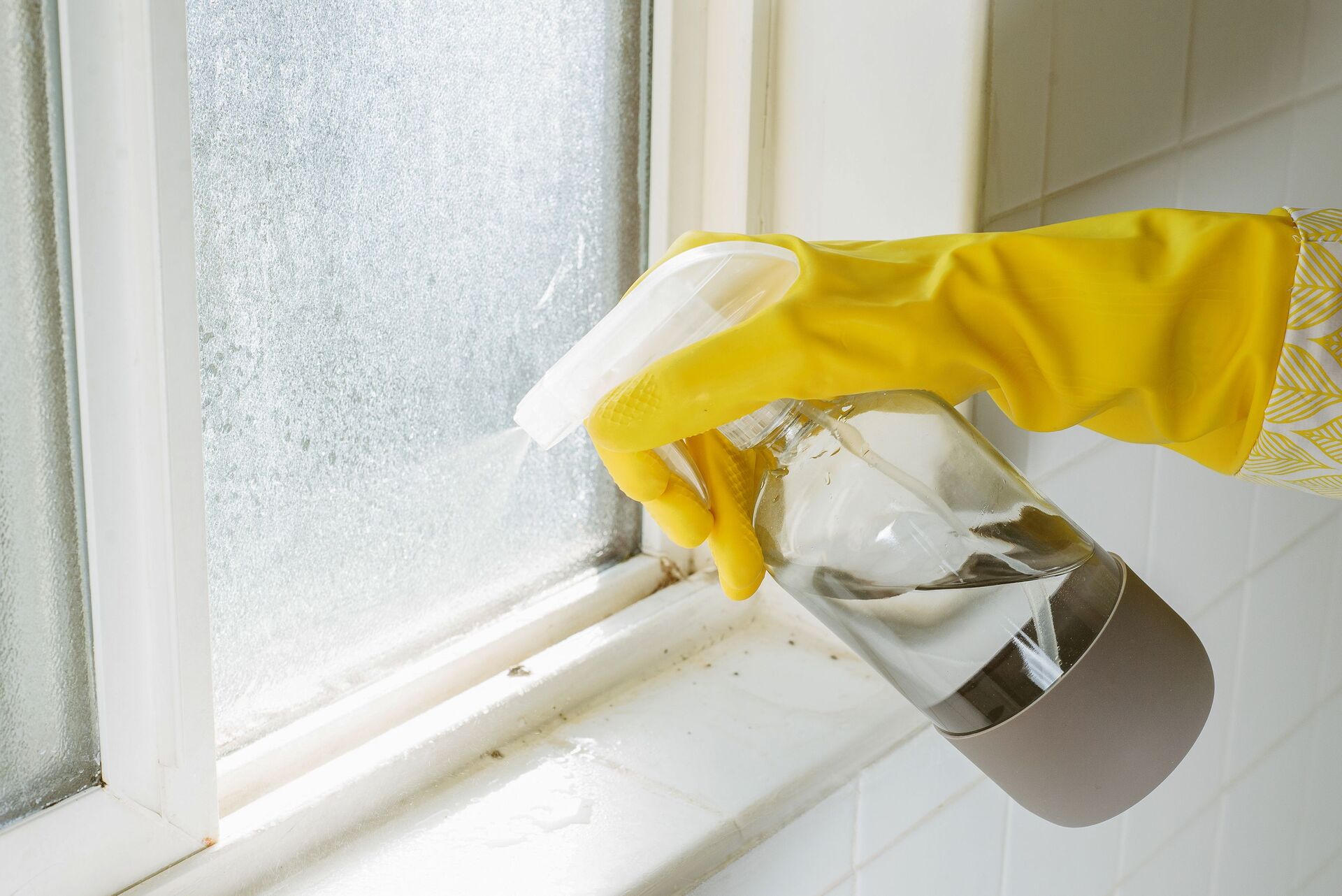
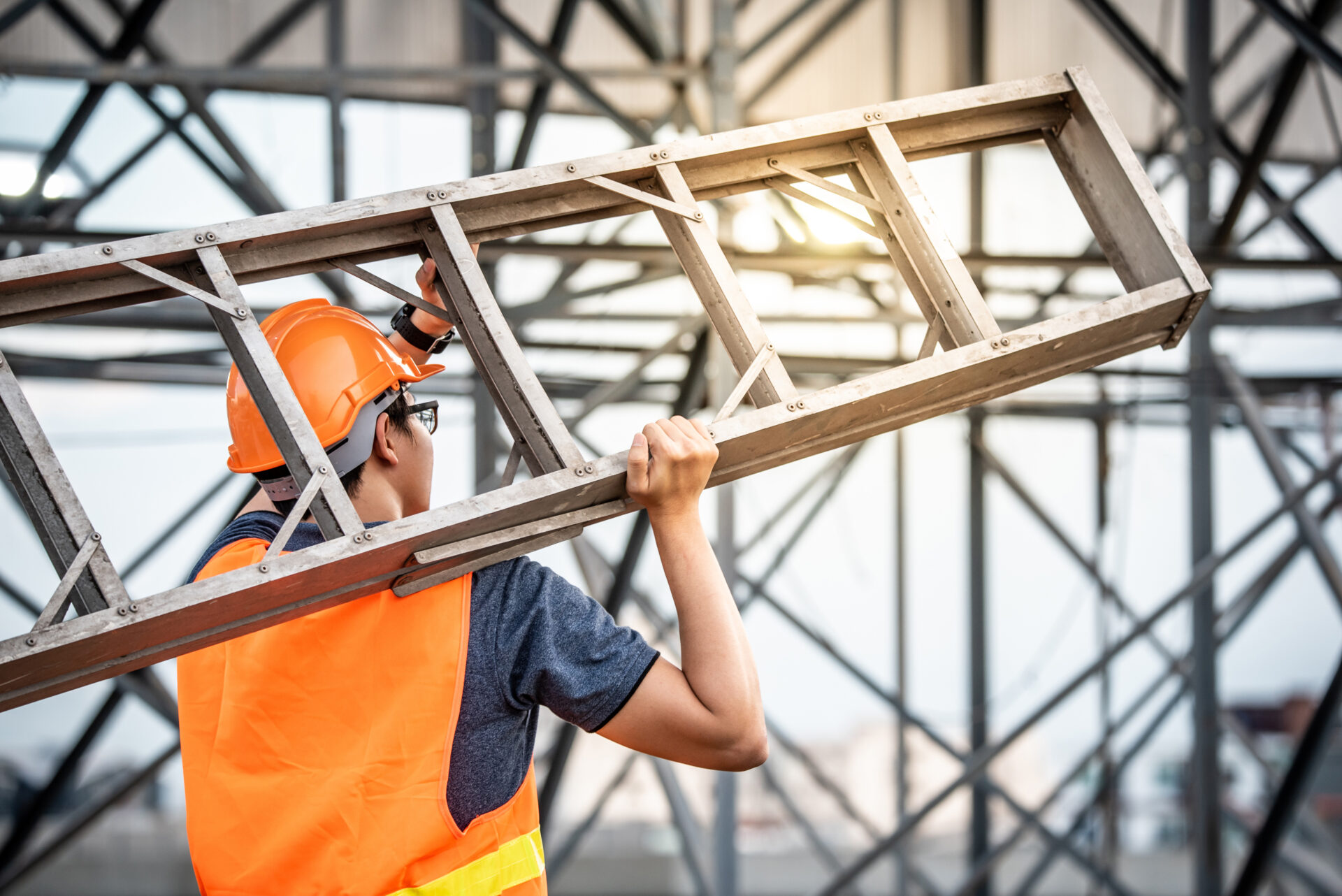
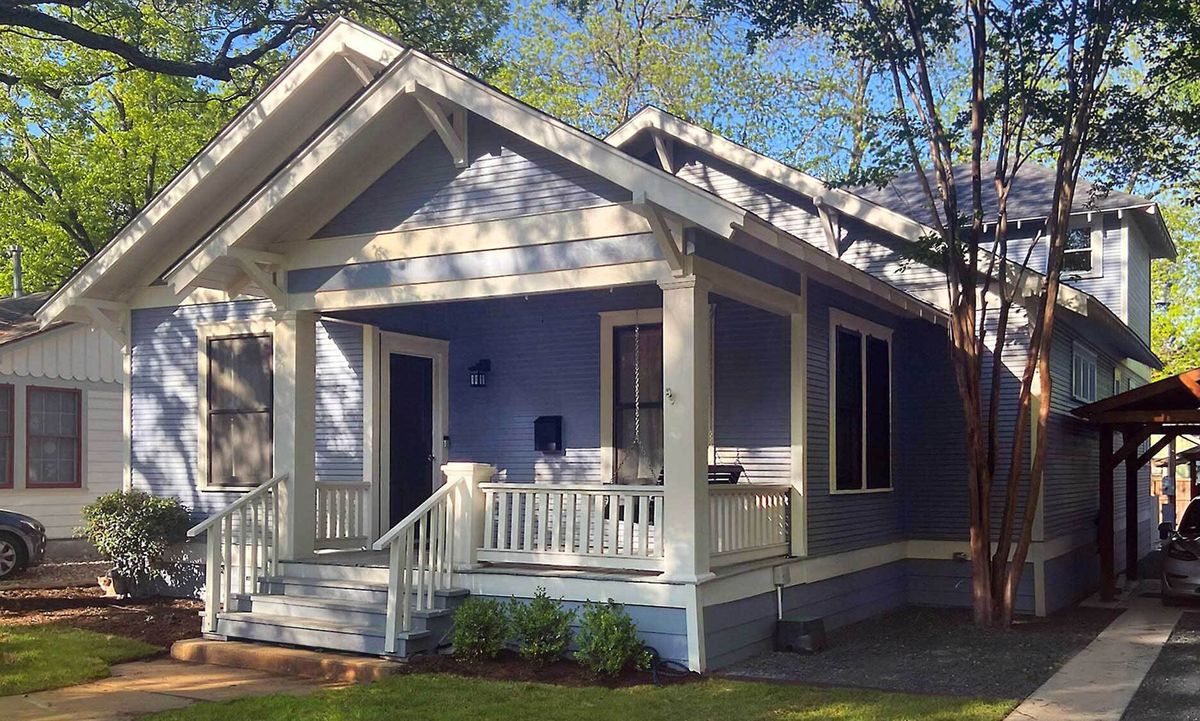
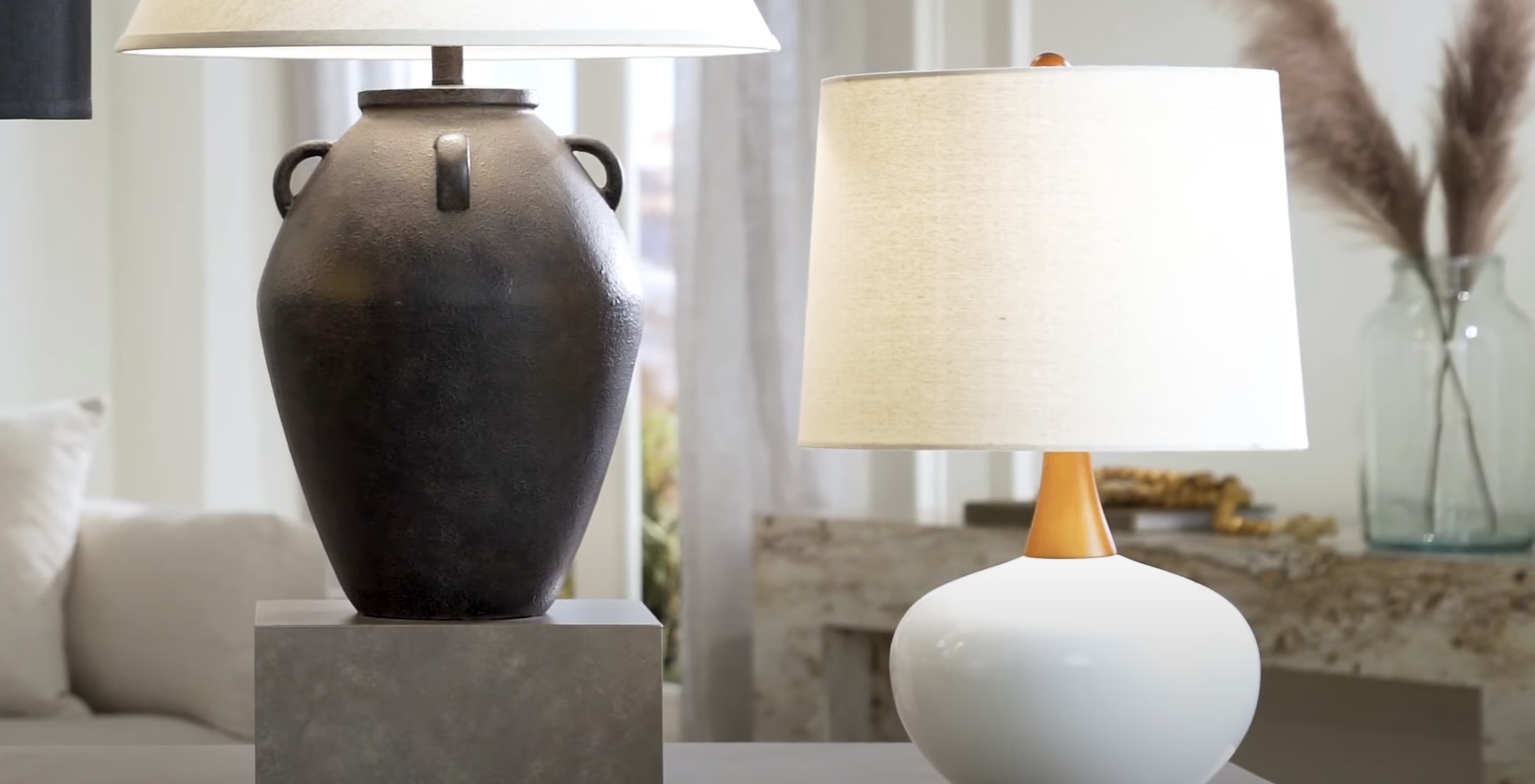
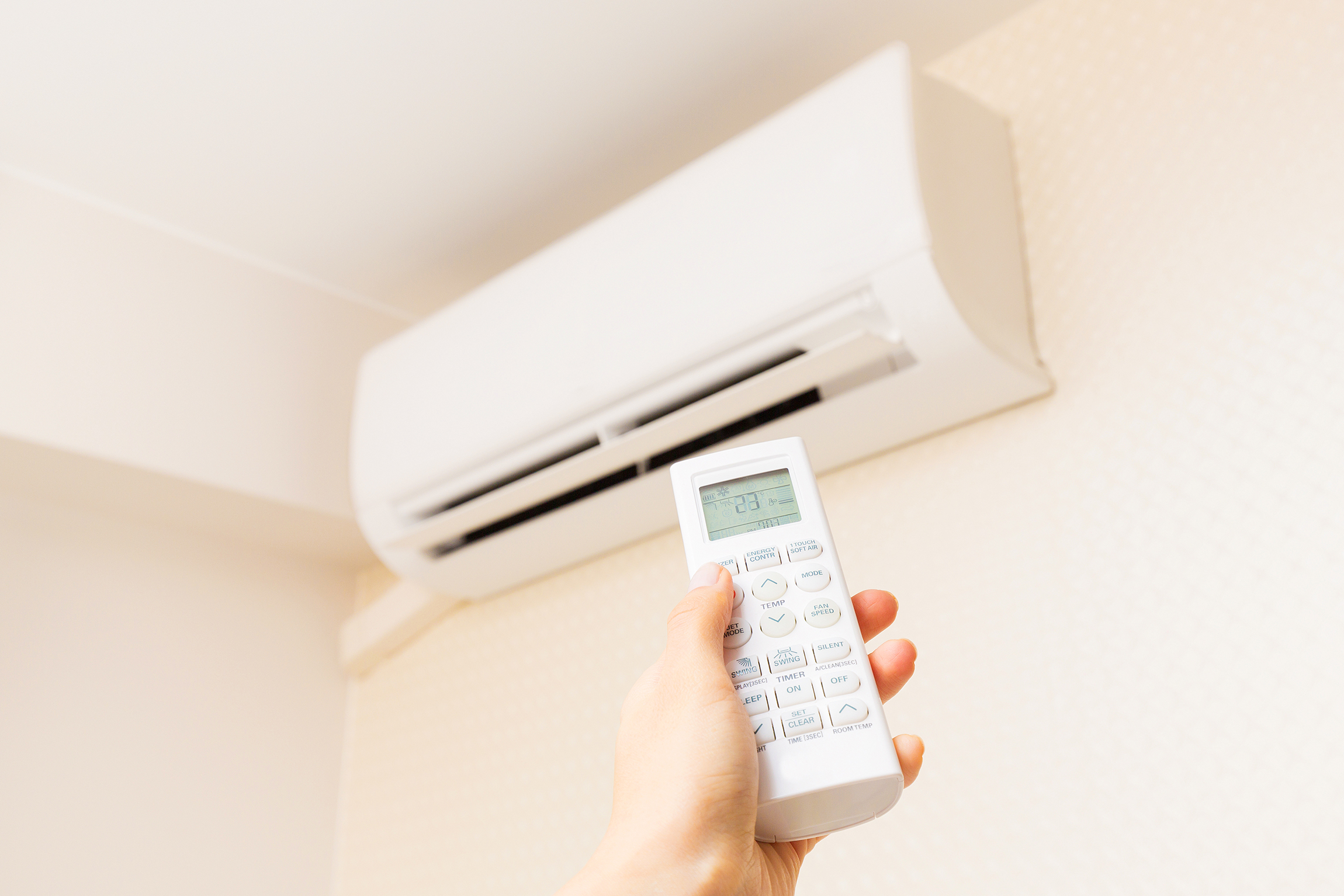
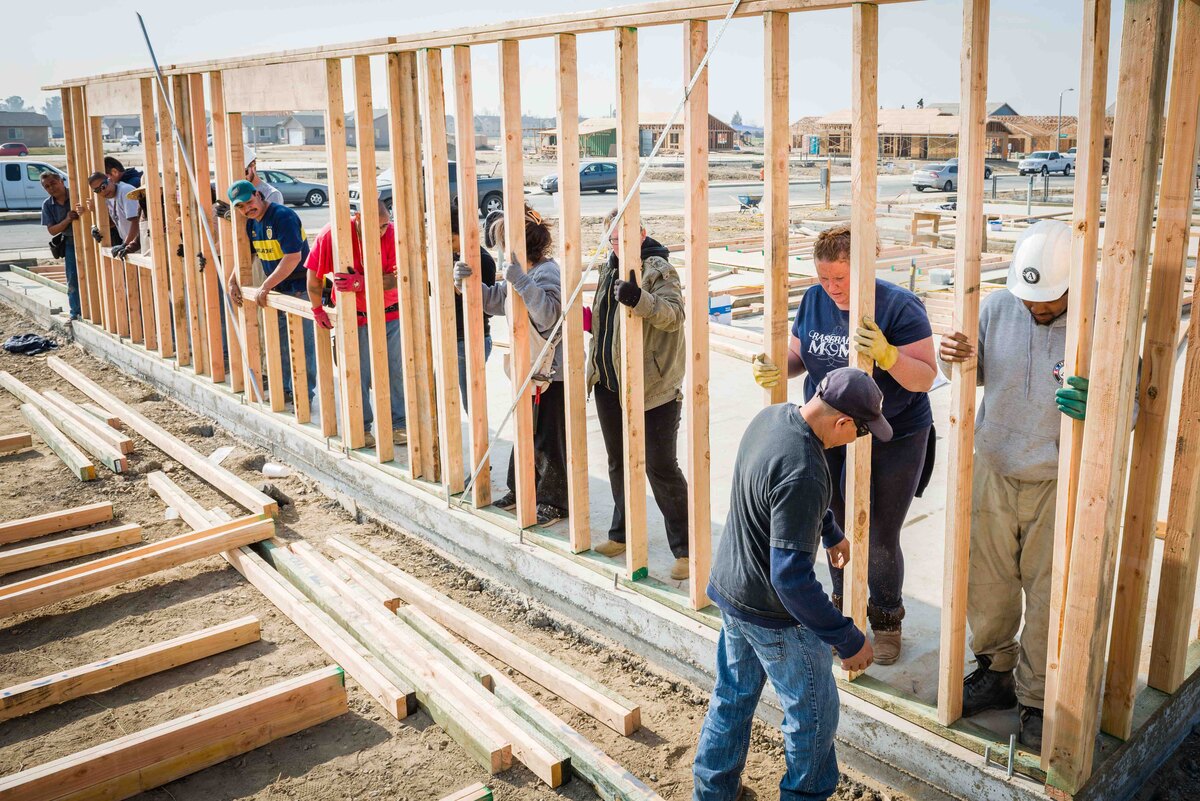

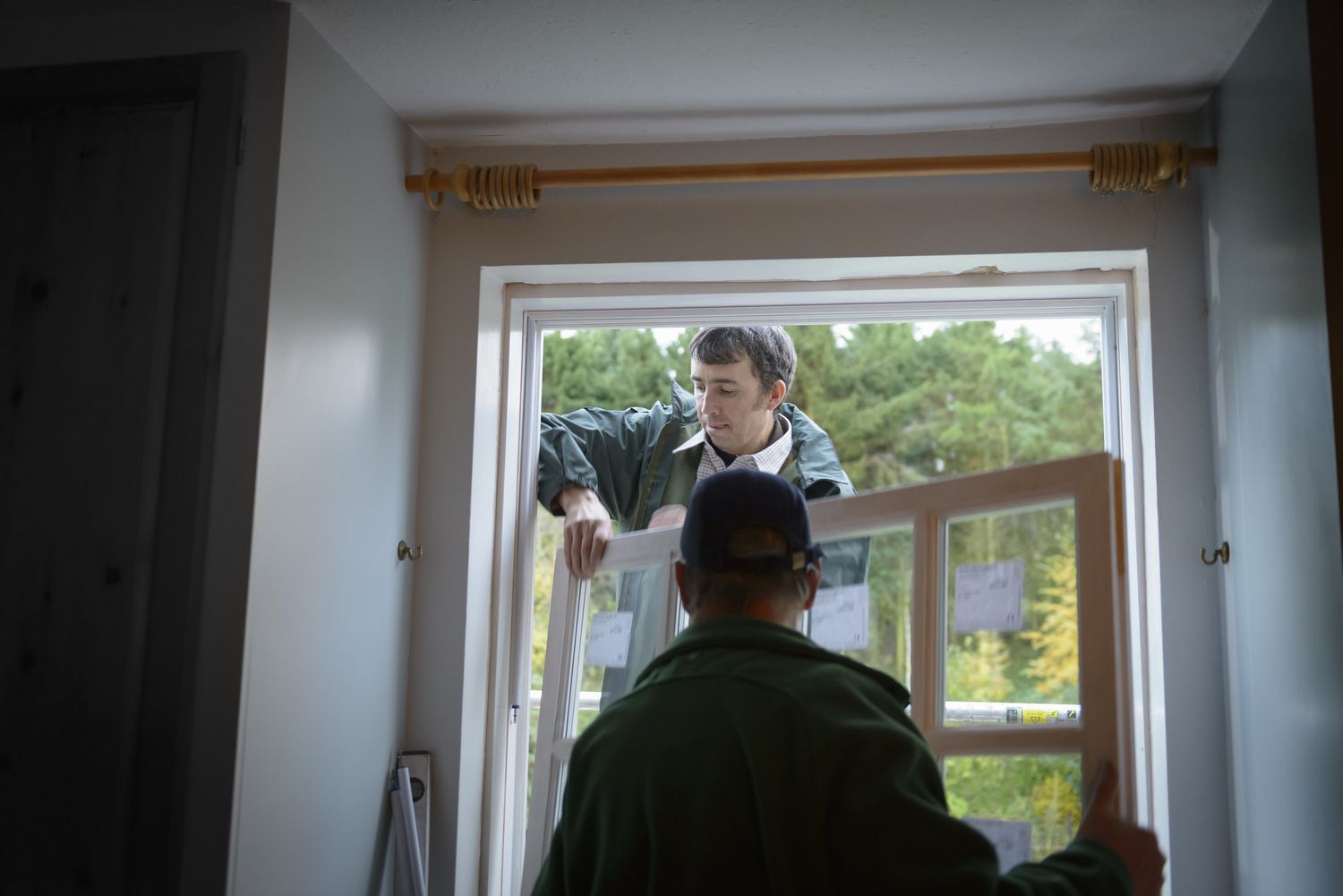

0 thoughts on “Treehouse Building Codes: What You Need To Know”